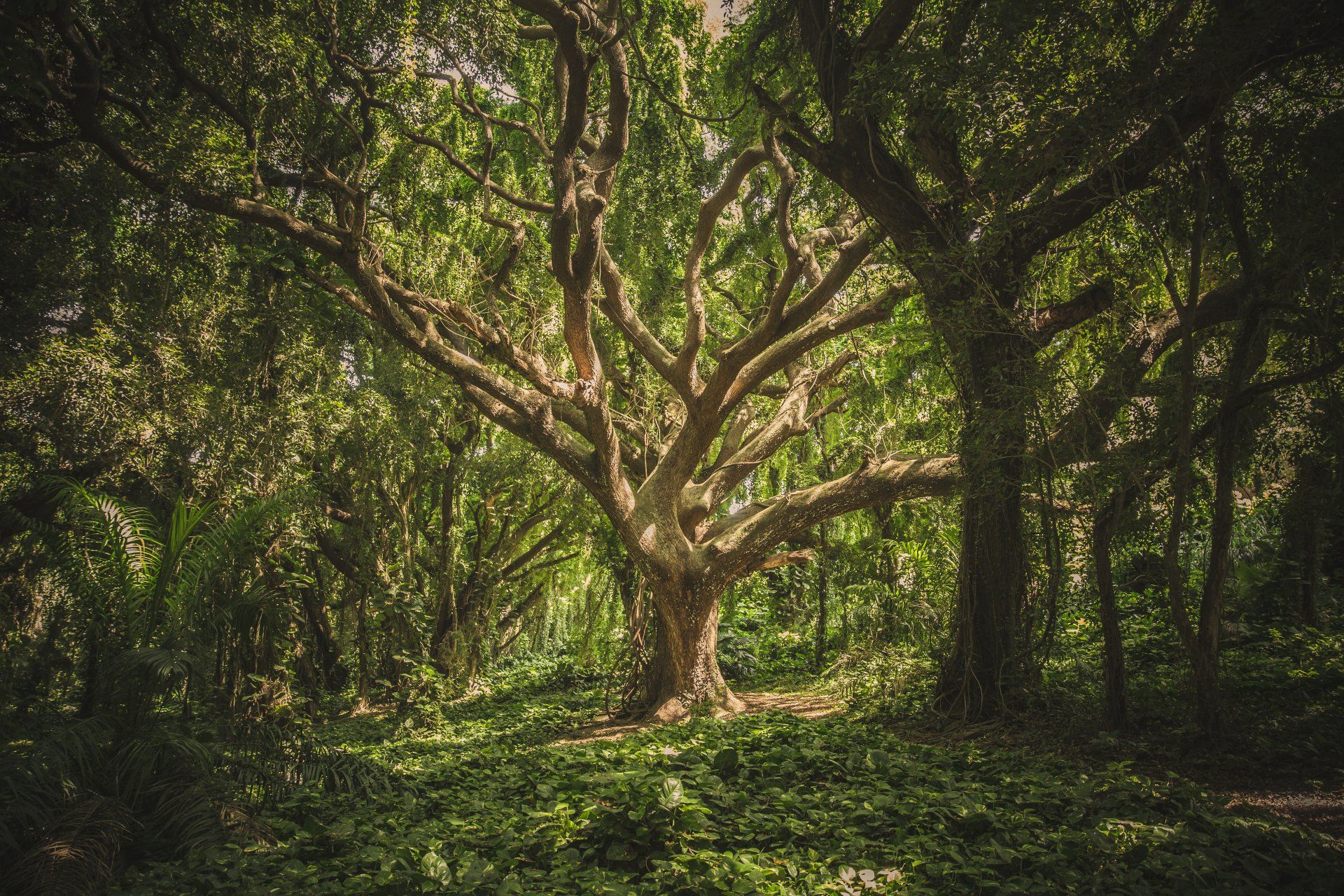Mastering Tree Services: A Comprehensive Guide to Ensuring Arboral Health and Safety
Mastering Tree Services: A Comprehensive Guide to Ensuring Arboral Health and Safety

In the realm of landscaping and property management, understanding the intricacies of tree services is vital for maintaining a green and healthy environment. From tree removal to specialized care like pruning and fertilization, a variety of tree-related concepts and entities contribute to the overall well-being of your arboreal assets. In this comprehensive guide, we'll explore 50 highly relevant entities and concepts related to tree services, shedding light on the critical aspects of arboriculture.
Arborist:
The backbone of tree services, arborists are highly skilled professionals specializing in the care and maintenance of trees. Certified arborists possess expertise in tree biology, planting, care, and risk assessment, ensuring the health and longevity of trees.
Sometimes, the removal of a tree becomes necessary due to disease, decay, or safety concerns. Tree removal services employ specialized equipment and techniques to safely and efficiently remove trees while minimizing impact on the surrounding landscape.
Tree Trimming:
Regular tree trimming, also known as pruning, is essential for maintaining tree shape, removing dead branches, and promoting healthy growth. Trained arborists utilize proper pruning techniques to enhance the tree's structure and aesthetics.
Tree Pruning:
Similar to trimming, pruning involves the selective removal of branches to improve tree health and appearance. Pruning can also address safety concerns by eliminating weak or hazardous branches.
Tree Care:
Tree care encompasses a range of services focused on promoting the overall health of trees. This includes regular inspections, fertilization, and addressing specific issues like pests or diseases to ensure optimal growth.
Stump Removal:
After tree removal, stumps often remain, posing potential hazards and hindering landscape development. Stump removal services employ grinding techniques to eliminate these remnants, allowing for seamless lawn or garden enhancements.
Emergency Tree Services:
Natural disasters or unforeseen circumstances may lead to emergency situations, requiring immediate attention to fallen or damaged trees. Emergency tree services ensure swift response and restoration in such critical scenarios.
Tree Inspection:
Routine tree inspections by certified arborists are crucial for identifying potential issues early on. Thorough inspections assess tree health, structural integrity, and potential risks, allowing for proactive measures to be taken.
Tree Health Assessment:
Tree health assessments involve a comprehensive evaluation of a tree's overall well-being. This includes analyzing foliage, bark, and root systems to identify signs of diseases, nutrient deficiencies, or other stress factors.
Tree Planting:
Planting trees requires careful consideration of species, location, and proper techniques. Tree planting services assist in selecting suitable species, ensuring proper planting depth, and establishing optimal conditions for healthy growth.
Tree Preservation:
Preserving trees during construction or development is crucial to maintaining environmental balance. Tree preservation services employ techniques to protect trees from damage, ensuring their survival in changing landscapes.
Tree Risk Assessment:
Assessing the risk associated with trees in specific environments is essential for safety. Tree risk assessments identify potential hazards, allowing for mitigation measures to be implemented.
Tree Disease Management:
Disease management involves diagnosing and treating various tree ailments. Arborists use specialized knowledge to identify diseases and implement effective management strategies to safeguard tree health.
Tree Root Management:
Understanding and managing tree roots is essential for preventing damage to infrastructure and promoting tree stability. Root management services employ techniques such as root pruning or barriers to address potential issues.
Tree Cabling and Bracing:
For structurally compromised trees, cabling and bracing techniques provide support and prevent further damage. This involves installing cables or braces to reinforce weak or leaning branches, enhancing overall tree stability.
Tree Fertilization:
Proper nutrient supply is crucial for tree health. Tree fertilization services ensure that trees receive the necessary nutrients, promoting robust growth and resilience against diseases and pests.
Tree Transplanting:
Transplanting involves moving established trees from one location to another. Professional services carefully handle the relocation process, minimizing stress on the tree and maximizing its chances of survival.
Certified Arborist:
Certified arborists have undergone rigorous training and testing to earn their credentials. Hiring a certified arborist ensures that you receive expertise in tree care, maintenance, and risk assessment.
Urban Forestry:
Urban forestry focuses on managing trees within urban environments. This includes planning, planting, and maintaining trees to enhance the overall ecological and aesthetic quality of urban areas.
Tree Inventory:
Maintaining an inventory of trees on a property or in a community is essential for effective management. Tree inventory services catalog information such as species, age, and health status for informed decision-making.
Tree Cutting:
Tree cutting services involve the removal of trees using specialized equipment and techniques. Professional tree cutters ensure safety and efficiency during the removal process.
Tree Maintenance:
Routine tree maintenance encompasses tasks such as pruning, trimming, and disease management to ensure trees remain healthy and aesthetically pleasing.
Hazardous Tree Removal:
Hazardous tree removal services address trees that pose a threat to property or safety. This specialized removal involves strategic planning to mitigate risks during the process.
Tree Cutting Permit:
In some areas, obtaining a tree cutting permit is necessary before removing certain trees. Understanding local regulations and obtaining the required permits is essential to avoid legal complications.
Tree Preservation Ordinance:
Many municipalities have tree preservation ordinances in place to protect valuable trees during construction. Adhering to these regulations ensures environmental sustainability and compliance with local laws.
Tree Preservation Plan:
Developing a tree preservation plan is integral to construction projects. This plan outlines strategies for protecting existing trees, ensuring their longevity amid development activities.
Tree and Shrub Care:
Comprehensive care for both trees and shrubs includes services such as pruning, fertilization, and disease management. Professional tree and shrub care contribute to a balanced and thriving landscape.
Tree Pest Control:
Identifying and controlling pests that affect trees is essential for preventing damage. Tree pest control services employ environmentally friendly methods to manage infestations and protect tree health.
Soil Aeration:
Proper soil aeration enhances the flow of air, water, and nutrients to tree roots. This promotes healthy root development and overall tree vigor.
Mulching:
Mulching around the base of trees provides numerous benefits, including moisture retention, weed suppression, and insulation. Mulching services ensure proper application and maintenance.
Tree Debris Removal:
After storms or tree removals, debris cleanup is necessary. Tree debris removal services handle the safe and efficient disposal of branches, leaves, and other tree-related waste.
Tree Stump Grinding:
Stump grinding services utilize specialized equipment to grind tree stumps below the surface. This process eliminates potential tripping hazards and allows for seamless landscaping.
Tree Consultation:
Professional tree consultation services provide expert advice on tree care, health, and management. Consultations help property owners make informed decisions regarding their trees.
Tree Root Pruning:
Root pruning services address potential issues related to tree roots, such as encroachment on structures. Proper pruning techniques ensure the preservation of both trees and surrounding infrastructure.
Tree Canopy Management:
Managing the canopy, or the upper layer of a tree, is essential for shaping and controlling tree growth. Canopy management services focus on maintaining a balanced and healthy tree


